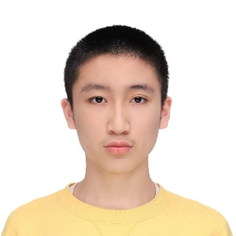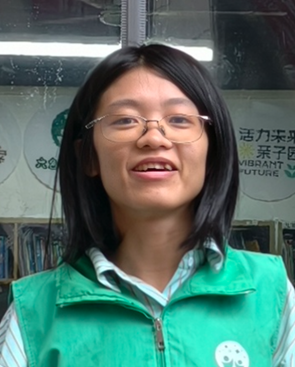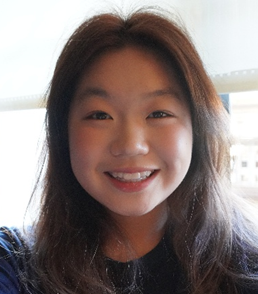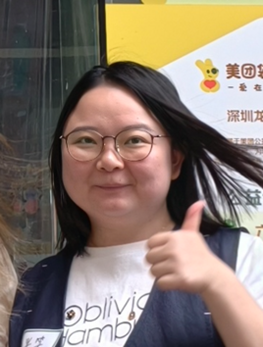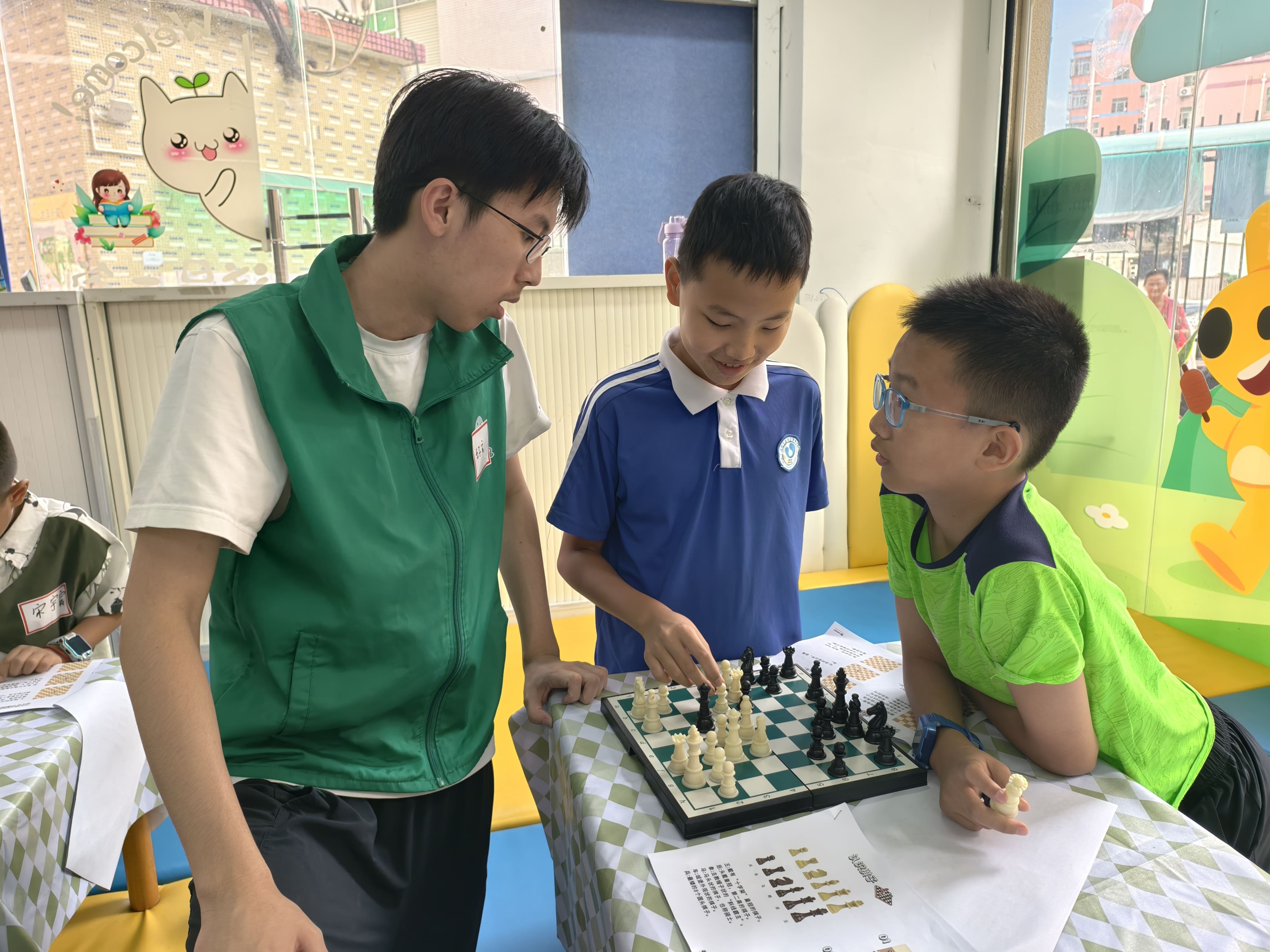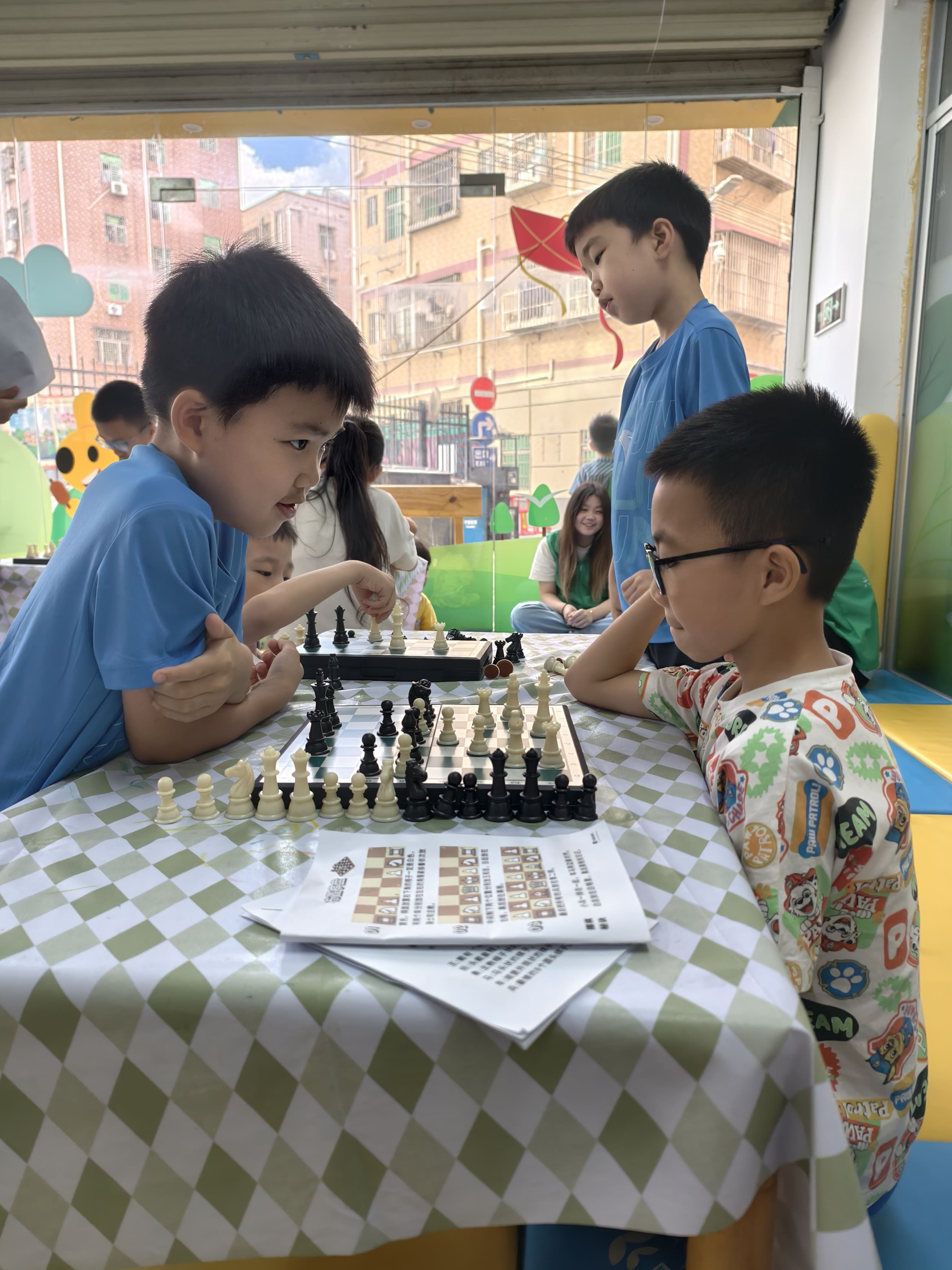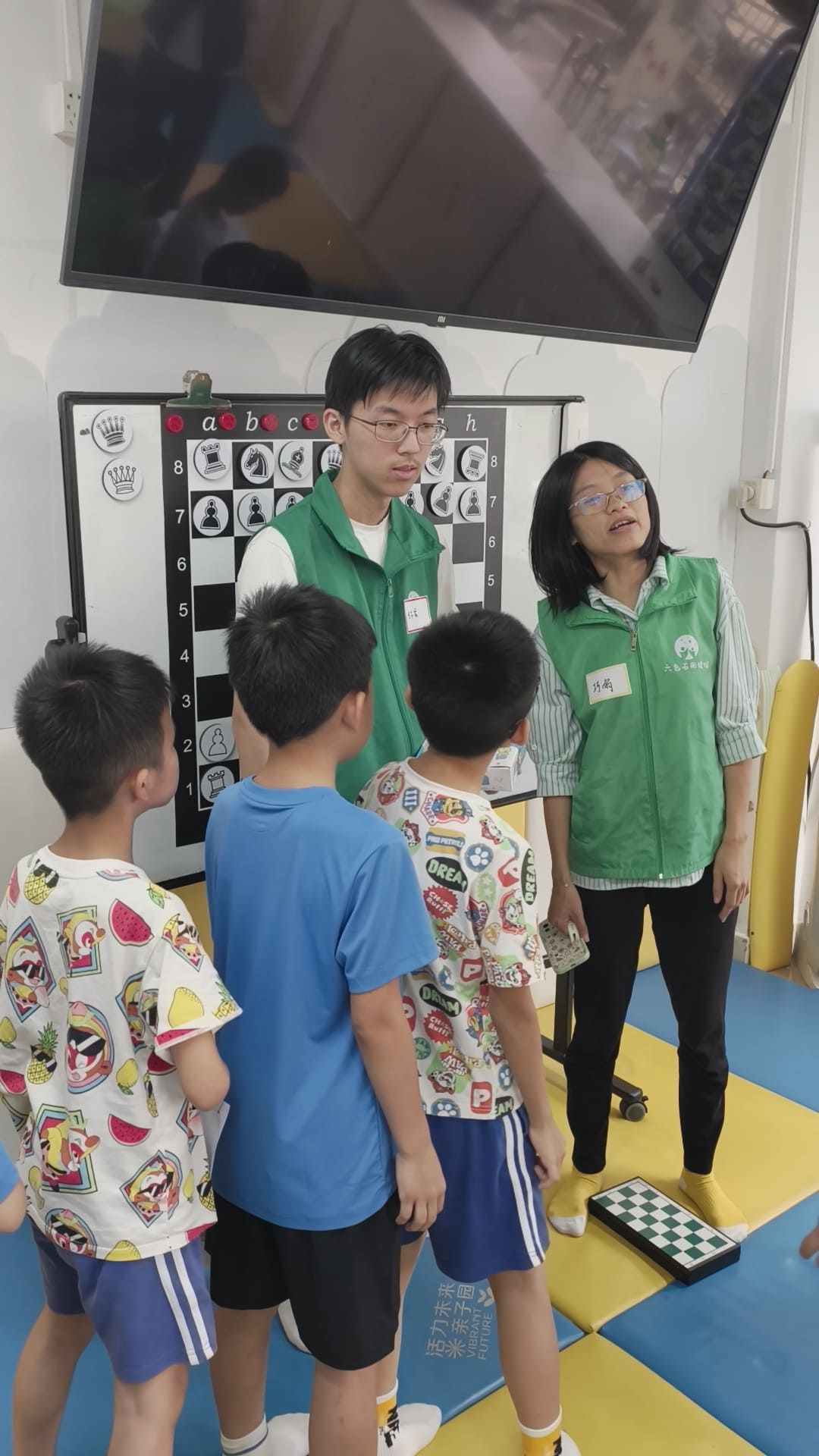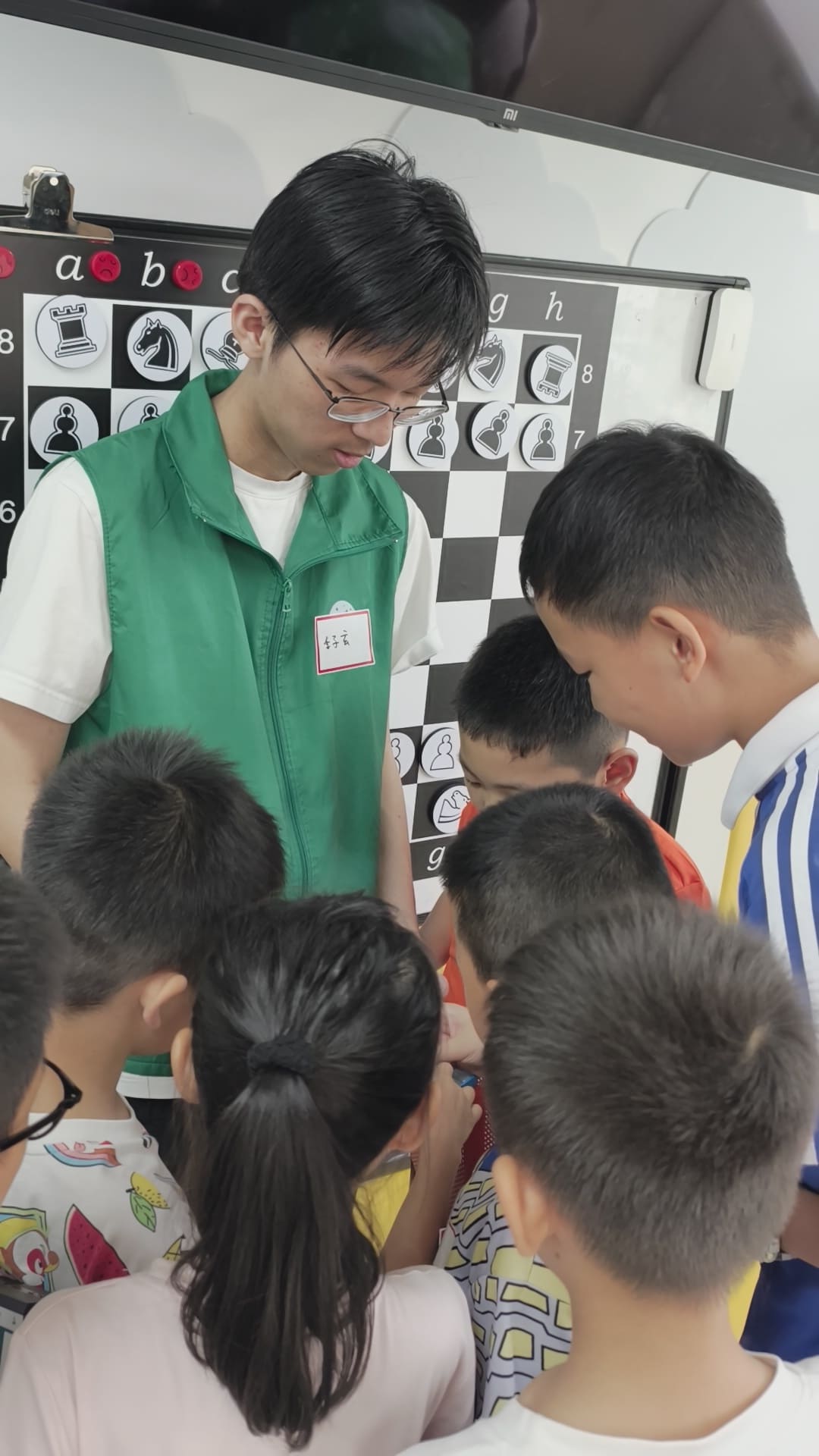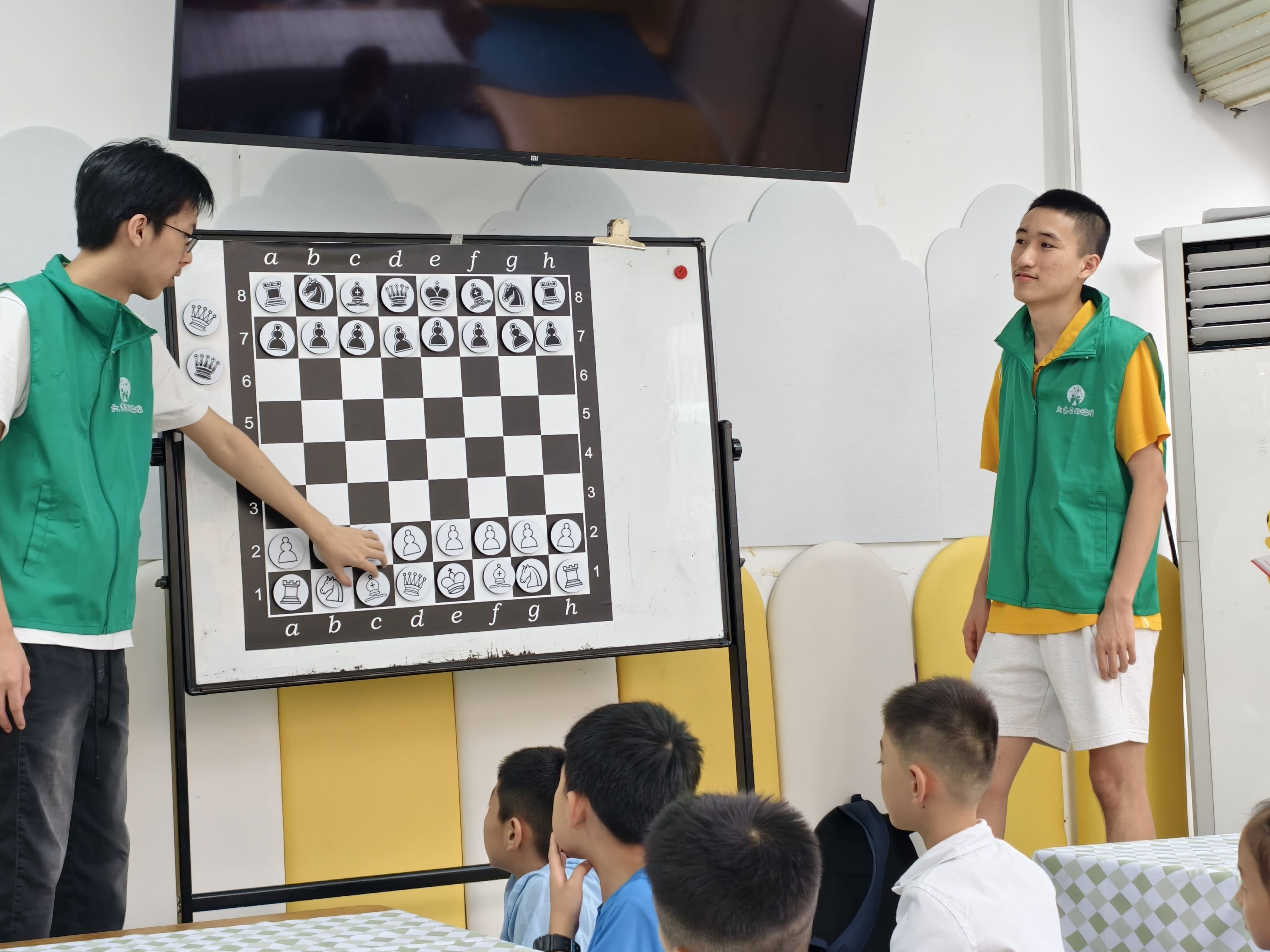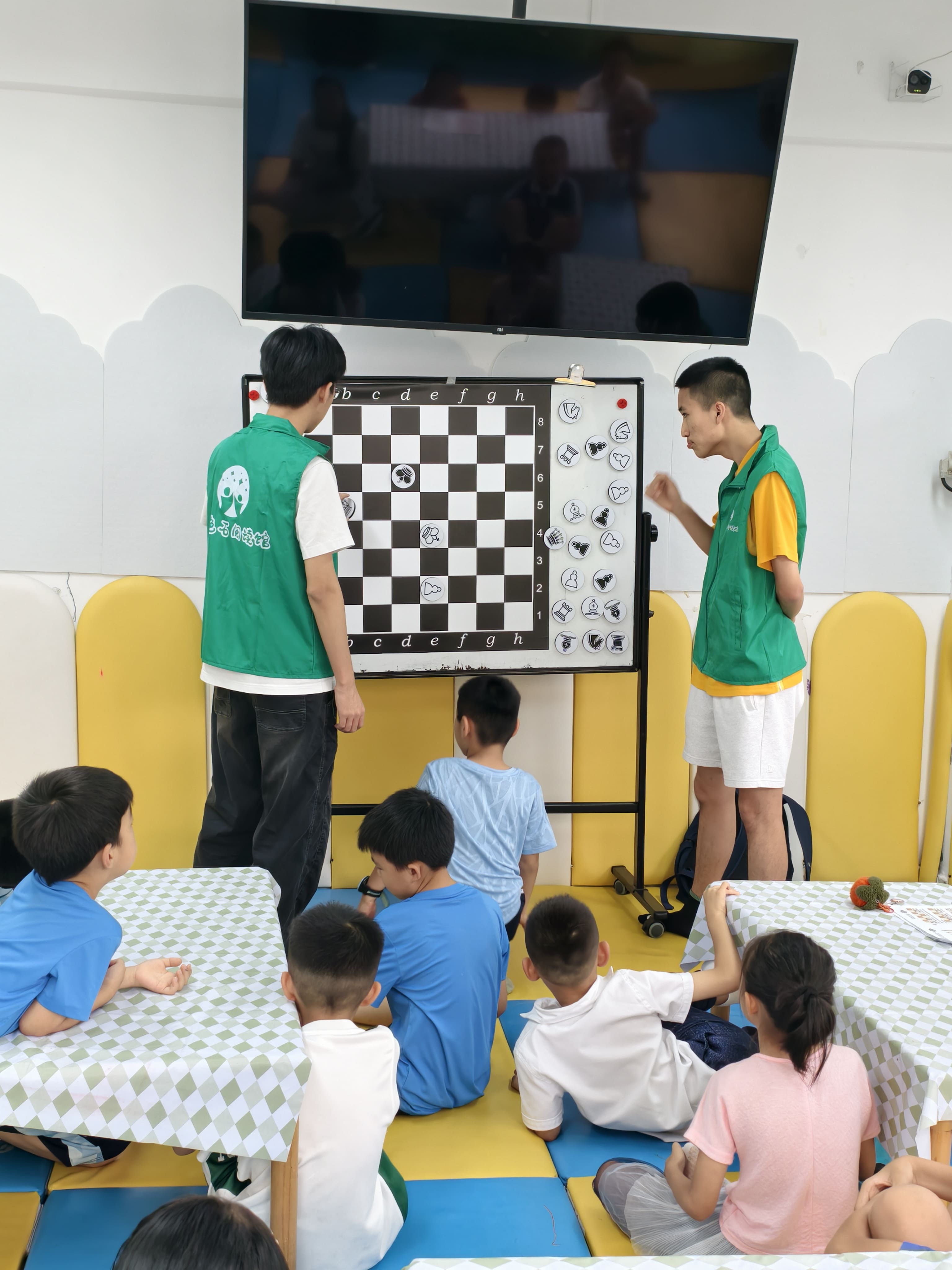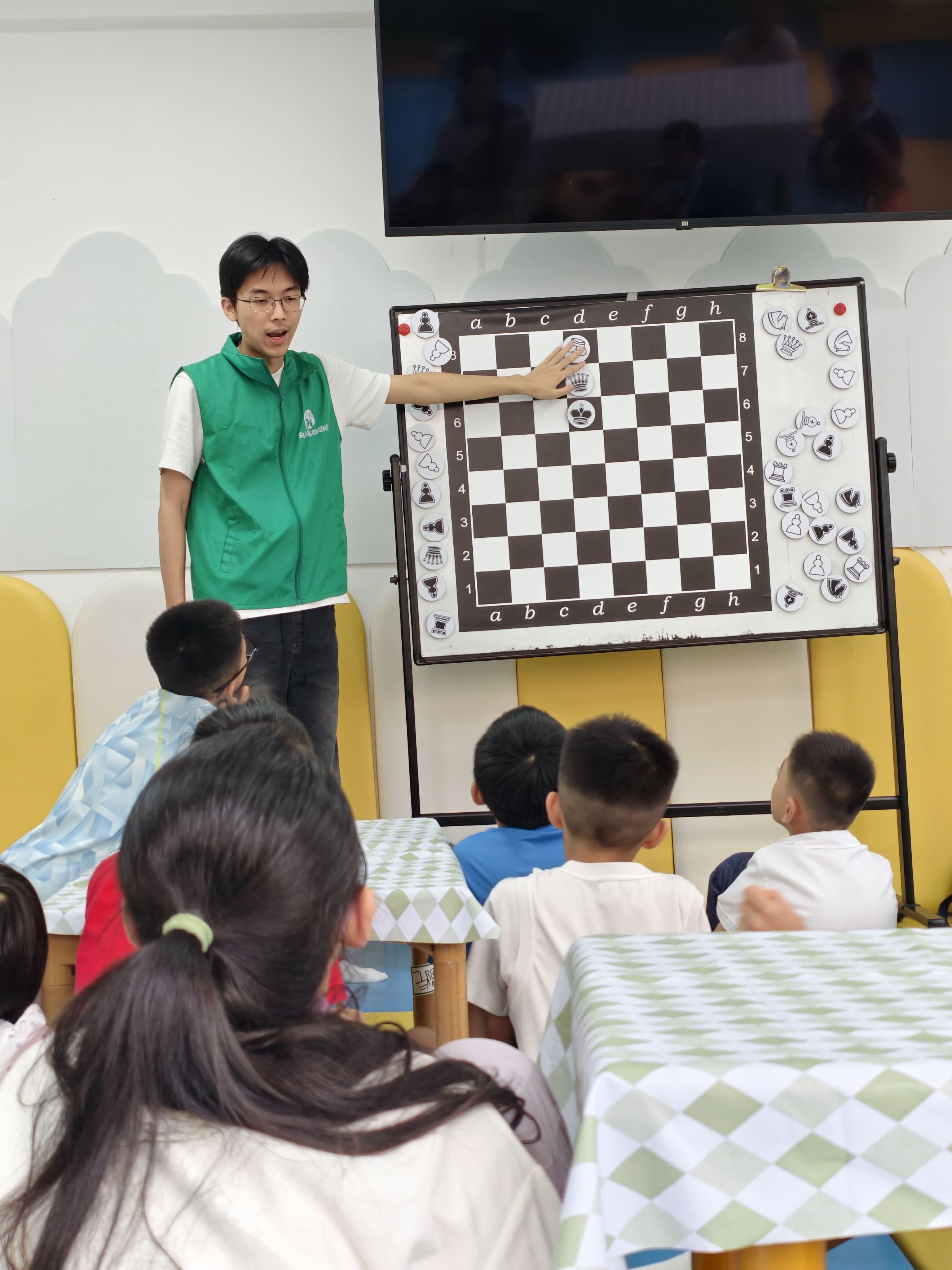"Chess Bridges" Inter-school Initiative
Building confidence and community for migrant children through the game of chess.
The Introduction of Liuseshi Library
Liuseshi Library is a non-profit, public welfare organization dedicated to providing after-school care for migrant children. It is situated in an urban village in Longhua District, Shenzhen. These urban villages are characterized by their densely packed buildings, inhabited primarily by migrant workers and their families. The area suffers from a significant lack of educational resources. As the parents often work on weekends to support their families, they have little time to accompany their children. The library serves as a vital space for these children, offering them access to books and a venue for various activities.



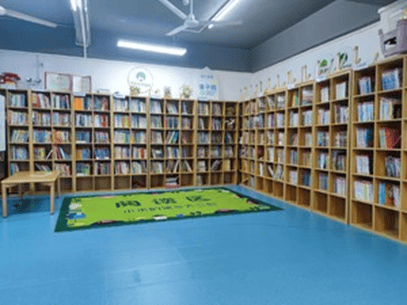
The motivation of launching this initiative
I initially volunteered there to assist children with reading English books. Over time, I observed that they had almost no access to extracurricular activities, which contributed to a lack of self-confidence. To address this, I partnered with the Chess Club from Shenzhen College of International Education to launch an initiative we called "Chess Bridges." To my delight, the program was immensely popular among the children and received grateful praise from their parents. Their positive response was a tremendous source of encouragement and deeply moved me.
What did we do?
We taught the kids all the basics of chess — how the pieces move, some simple opening ideas, and key tactics like one-move checkmates, two-move checkmates, and how to actually checkmate the king. We didn’t just use a standard lesson plan — we made our own worksheets and practice exercises based on what the kids could already do, so it really matched their level. And after each session, our team always got together to chat about how it went. We talked a lot about what we could do better. Like, since the kids can get pretty energetic and distracted, we discussed how to make the lessons more fun to keep their attention. We also shared tips on how to better manage the classroom and gently guide the kids’ focus back when they started to drift off.
Within our team, I was responsible for designing the chess curriculum, creating workbooks, setting up the activity room, and purchasing all the necessary teaching materials and small gifts for the participants. While other team members took on roles like teaching the lessons and maintaining order, we all worked collaboratively. It was incredibly rewarding to see the children become happier and gradually grow more confident through this shared effort.
Team Members
